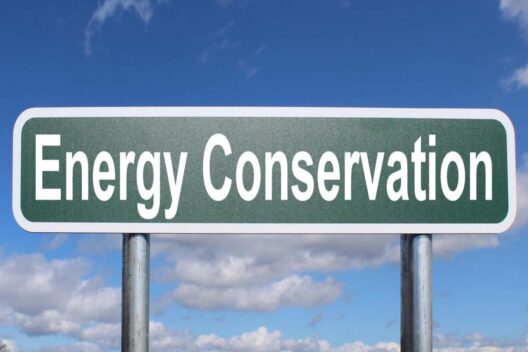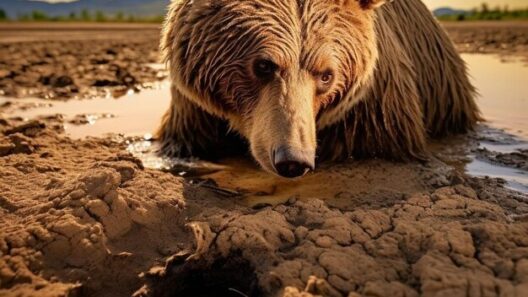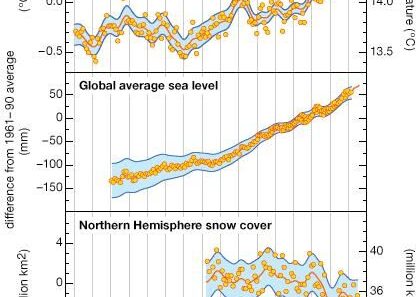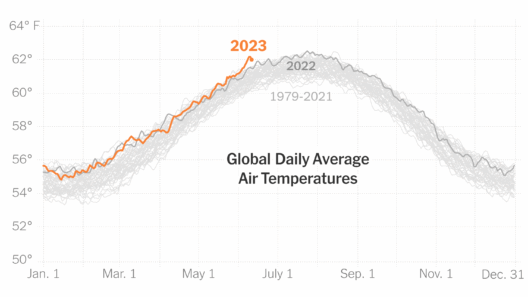As we gaze at the majestic polar bear gliding gracefully across the Arctic ice or witness the charming antics of penguins frolicking in the frigid waters of Antarctica, we are reminded of the intrinsic beauty and fragility of our planet’s ecosystems. But as the specter of global warming looms ever closer, these magnificent creatures stand on the precipice of extinction. Thus, a poignant question arises: How can we, as stewards of the Earth, actively work to preserve polar bears and penguins in the face of climate change? The challenge is formidable, yet not insurmountable, as we explore actionable strategies that can stem the tide of environmental degradation.
The polar bear, the iconic symbol of the Arctic, is increasingly threatened by diminishing sea ice—a phenomenon directly linked to rising global temperatures. As the Arctic warms at an unprecedented rate, the ice that these bears rely on for hunting seals—one of their primary food sources—disappears sooner and forms later each year. This urgent situation calls for bold intervention and reform at multiple levels, from individual actions to policy changes. Similarly, penguins, particularly those residing in the Antarctic, face the dual threats of warming waters and melting ice, which disrupt their breeding and feeding patterns. Both species are emblematic of the broader impacts of climate change, making their plight a clarion call for urgent action.
The first step in a comprehensive strategy to save these endangered species involves raising awareness about climate change and its direct consequences. Education plays a pivotal role. By organizing community events, workshops, and educational programs, we can disseminate knowledge about the impacts of global warming on polar bears and penguins. Inspired individuals, armed with information, are more likely to engage in conservation efforts and advocate for policies that benefit the environment.
Furthermore, grassroots movements can amplify the collective voice of citizens demanding climate justice. Engaging in local conservation initiatives, such as beach clean-ups or habitat restoration projects, can forge connections within communities while cultivating a broader understanding of ecological stewardship. Every small action contributes to a ripple effect, fostering a culture of environmental responsibility. Creating platforms for dialogue that encourage youth engagement can also foster the next generation of activists dedicated to safeguarding our planet.
Another notable avenue for preserving these remarkable creatures involves the reduction of greenhouse gas emissions. Transitioning to renewable energy sources is paramount. By advocating for wind, solar, and hydropower, we can decrease our reliance on fossil fuels, which contribute significantly to climate change. Governments must incentivize the adoption of clean energy technologies, providing subsidies to both individuals and businesses. In tandem, enhancing public transportation and encouraging the use of electric vehicles can further reduce our carbon footprint.
The ramifications of dietary choices on climate change cannot be overlooked. Advocating for plant-based diets and reducing meat consumption can significantly diminish methane emissions and save an enormous amount of water and land resources. As individuals reflect on their food choices and consider sustainable alternatives, we will collectively lessen the environmental impact associated with animal agriculture, which bears consequences for habitats integral to polar bears and penguins alike.
Concurrently, utilizing strategic partnerships with environmental organizations can bolster conservation efforts. Collaborating with experts from entities such as wildlife protection agencies or research institutions allows for the development of sound strategies tailored to the unique needs of polar bears and penguins. Implementing monitoring programs to assess population health and habitat changes is essential for informed intervention. These partnerships can also lead to the creation of community-based tourism initiatives that educate visitors about the importance of conservation while generating economic support for local communities.
Legislation must also be embraced wholeheartedly. Urging policymakers to enact laws that protect critical habitats, limit carbon emissions, and promote sustainable development can create sweeping change. International agreements, such as the Paris Accord, must be championed and implemented rigorously. Strong enforcement mechanisms that hold corporations accountable for environmental degradation are the bedrock of effective policy-making.
In addition to these efforts, we must confront the stark reality of climate change adaptation for polar bears and penguins. Creating marine protected areas and wildlife reserves can serve as sanctuaries for these species, providing safe habitats where they can thrive even as ecosystems shift due to warming temperatures. In-depth scientific research is essential to understand the migration patterns and adaptability of these animals, ensuring that conservation efforts are informed by empirical evidence.
Individuals can also contribute through simple everyday practices that echo a commitment to conservation. Supporting sustainable fashion that avoids materials derived from endangered species, reducing single-use plastics, and participating in recycling initiatives all play a role in minimizing one’s ecological footprint. The more people integrate sustainability into their daily lives, the greater the collective impact.
As we strive to save polar bears and penguins from the existential threat of global warming, we must not overlook the necessity for a multifaceted approach that encompasses awareness, individual action, sustainable practices, robust policy, and scientific research. Declaring our commitment to these efforts marshals humanity’s ingenuity and compassion, fostering an ecological balance that can benefit both our fragile wildlife and the planet as a whole. We hold the power to champion change—each action, no matter how small, can contribute to the preservation of these extraordinary species. Ultimately, the responsibility lies with us to ensure that the majestic polar bears and playful penguins continue to thrive for generations to come.








